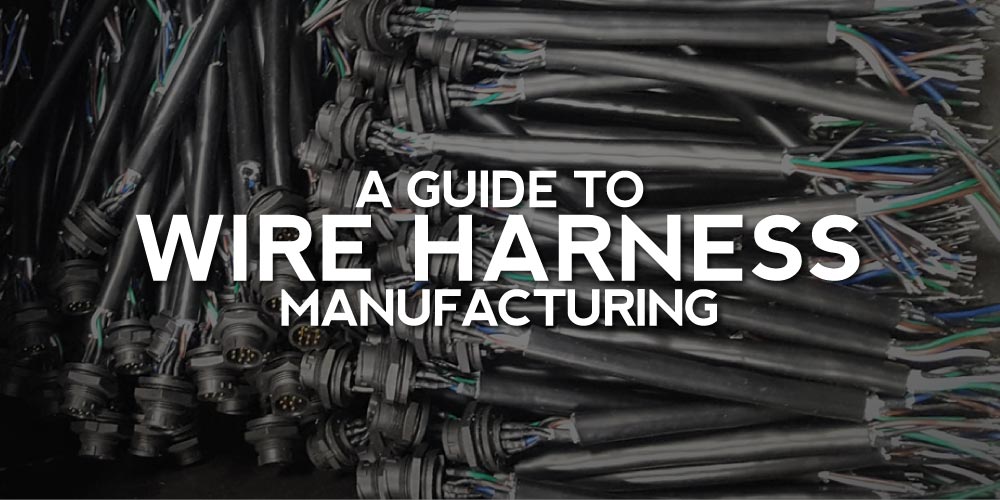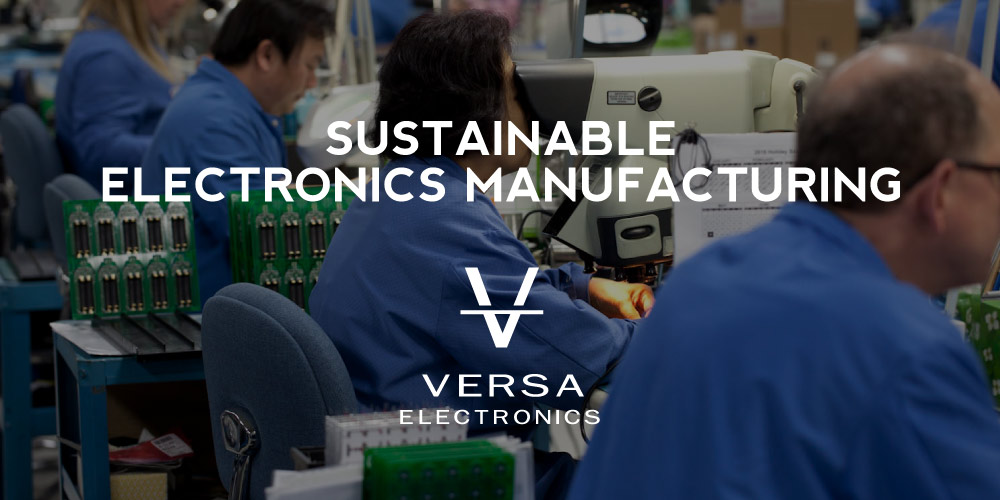A wire harness is a collection of wires, cables, and connectors that transmit electric signals. Wire harnessing provides a neat and safe way to organize wires inside a system. When you hire a wire harness assembly company, they cut, strip, solder and assemble wires of varying sizes and lengths.
What Is The Industry Standard for Wire Harness Manufacturing?
The IPC/WHMA-A-620 is the industry standard for wire harness assembly. In this standard, you find relevant controls for all processes and tests for wire harness assembly. It also provides best practices and relevant requirements for wire harness assembly manufacturers.
With the IPC/WHMA-A- 620, you can learn how to visually identify quality products and also understand materials and tests concerning wire harness assembly. When finding a reliable manufacturer for your wiring and cabling, look for an IPC/WHMA-A-620-certified wire harness assembly manufacturer.
The industry standard also serves as a training manual. Upon completion, participants receive a certificate which you can use to verify their qualification. The most current version of the industry standard for wire harness assembly is IPC/WHMA-A-620C. The first section of the standard has a list of terms that can help you identify different parts of wire and cable harness assembly and technical terms.
Wire
A wire is a slender filament of drawn metal. There are several types of wires, including:
- Stranded: Great for flexibility.
- Flexible Ground Braid: This wire provides a grounding connection between two terminals.
- Ribbon cable: These wires make connections between devices such as computers and DVD players.
- THHN – Solid: This wire serves a fixed service such as traveling through conduits.
- THHN – Stranded: Great for flexibility, especially when rounding corners.
Wire Insulation
Due to safety concerns, wire insulation has evolved over the years. Insulation jackets protect users from electrocution and wires from moisture and extreme temperatures. Wire harness manufacturers use five common types of insulation:
1- Polyvinyl Chloride (PVC)
PVC is ideal for low and medium voltage wires. Its heat, moisture, and scratch-resistant. PVC is common on indoor telecommunication cables, automobile wiring, and flexible cords.
2- Fluorinated Ethylene-Propylene (FEP)
This material is tough, weather-resistant, yet flexible. It’s also heat resistant, has dialectic properties, and is chemically inert.
3- Polyethylene
Polyethylene is a popular, lightweight, and chemically inert material. It’s famous for high voltage wire harness assembly, especially in radio and audio projects. Polyethylene is available in different densities and has dielectric properties.
4- Nylon
Nylon is excellent for wire harness assembly because it resists weather elements, moisture, abrasion, and chemical reactions.
5- Thermoplastic Rubber
Wire harness manufacturers use thermoplastic rubber for its stretching capacity. The material returns to its previous state after stretching. It is also usable in high temperatures and has excellent resistance to weather elements, chemicals, and aging.
Wire Colors
For purposes of identification, safety, rewiring, and avoiding confusion, wires have different colors. Each color represents different wire functions.
- Black– means hot or positive current
- White– negative
- Green– ground wires
- Red– a secondary line that is hot or positive
- Blue, Yellow, or Brown– Used for connecting points. Clients can select any of the colors as needed.
Harness
A group of wires with interconnections and a sheath to tie them together. Because wire harness assembly manufacturers create thousands of products every year, quality control is vital. A robust testing system ensures that errors are either prevented, detected, and corrected in time.
The following is a suitable testing checklist for wire harness manufacturing.
- Check for accurate labels.
- Check for defective wires. Any wires with bucking, kinking, or untwisting should be removed.
- The insulation should be continuous. Any broken insulation exposes the wire and causes a hazard.
- Check for the correct wire gauge.
- Check for proper crimps. The insulation crimp should not damage the insulation.
- Ensure that wires are moisture-free.
- Check for shorts.
- Conduct a pull test to confirm wire bond strength.
Terminal
A terminal is an object that establishes an electric connection and terminates a conductor. There are several types of wire terminals:
- Insulated Vs. Non-Insulated Terminals- Insulation protects the wire but is also a non-conductor. It is available in vinyl, nylon, or heat-shrink tubing. Non-insulated terminals are low cost but are used when extra protection is unnecessary. The nature of the project determines if the terminals should be insulated or uninsulated.
- Ring terminals allow the attachment of a screw or stud,
- Spade terminals have a spade shape. They support easy attachment and removal from a screw.
- Hook terminals are ideal for open ends.
- A quick-disconnect terminal offers quick connections and disconnections between wires.
- There are also flagged terminals, ferrule terminals and butt terminals all available in insulated and non-insulated forms.
What To Look For In a Wire Harness Assembly Manufacturer
- Proven track record of success.
- Superior quality products.
- Fast turn around times.
- Competitive pricing.
- Free estimation services.
- Great customer satisfaction and support.
- Flexibility and scalability.
- Dedication to health and safety.
Get Wire Harness Assembly Services Today
Versa Electronics is a US-based electronics manufacturer. Our business focuses on providing quality products that meet industry standards and customer needs. Contact us today for wire harness assembly services.





